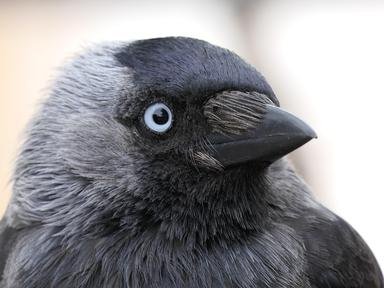Quiz Answer Key and Fun Facts
1. The first duck I saw on my walk is one of the most familiar in Britain. The male has a dark green head and the female is a mottled brown colour. What duck did I spot?
2. The next duck I saw was a small dabbling duck with a chestnut head, broad green eye patches and a black beak. What duck, with the scientific name Anas crecca, had I just seen?
3. Rounding a bend in the river I saw a large, rather goose-like, duck with a dark green head, a red beak, some black markings and a chestnut breastband. What duck, with the scientific name Tadorna tadorna, was it?
4. Swimming on the river not far away was a black waterbird with a distinctive white bill and forehead which gave the impression that it was bald. What breed of bird was it?
5. The next bird I saw on the water was a black waterfowl with a red beak with a yellow tip and a red forehead. What bird was I looking at?
6. The next bird I saw is one of Britain's largest and heaviest birds. It was white with a long s-shaped neck and an orange bill with a black base. What kind of bird was it?
7. The next bird I saw was an elegant bird with a long white neck, ornate head plumes and a sharp beak. With the scientific name Podiceps cristatus what bird was I seeing?
8. The next waterbirds I encountered on my walk were a large group of geese with distinctive black heads and necks and large white throat patches. I knew the breed had been introduced into Britain from North America. What breed of goose was it?
9. Another bird I saw on my walk was a small waterbird with a short bill and a blunt looking rear. I knew this bird was called a dabchick. What other name is it known by?
10. Just as I was nearing the end of my walk I saw a blur of glistening blue flash across the river. What bird, with the scientific name Alcedo atthis, did I nearly see?
Source: Author
clevercatz
This quiz was reviewed by FunTrivia editor
rossian before going online.
Any errors found in FunTrivia content are routinely corrected through our feedback system.
